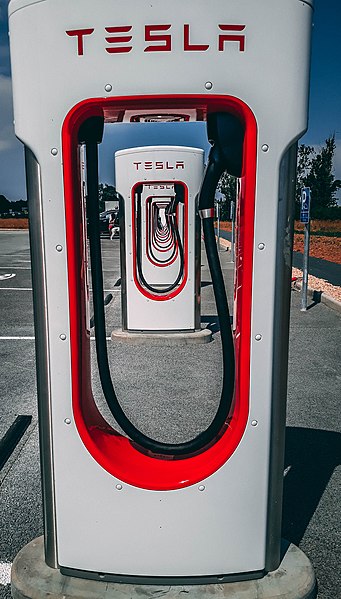As the world accelerates towards a greener future, electric vehicles (EVs) have taken center stage as a pivotal solution to combat climate change and reduce our carbon footprint. With the rising popularity of EVs, the charging infrastructure has become a topic of great interest. Among the many debates within this realm, the battle between
Fast charging and Slow charging has gained momentum. In this article, we will delve into the nuances of both charging methods, shedding light on their advantages, limitations, and implications for the EV industry.


